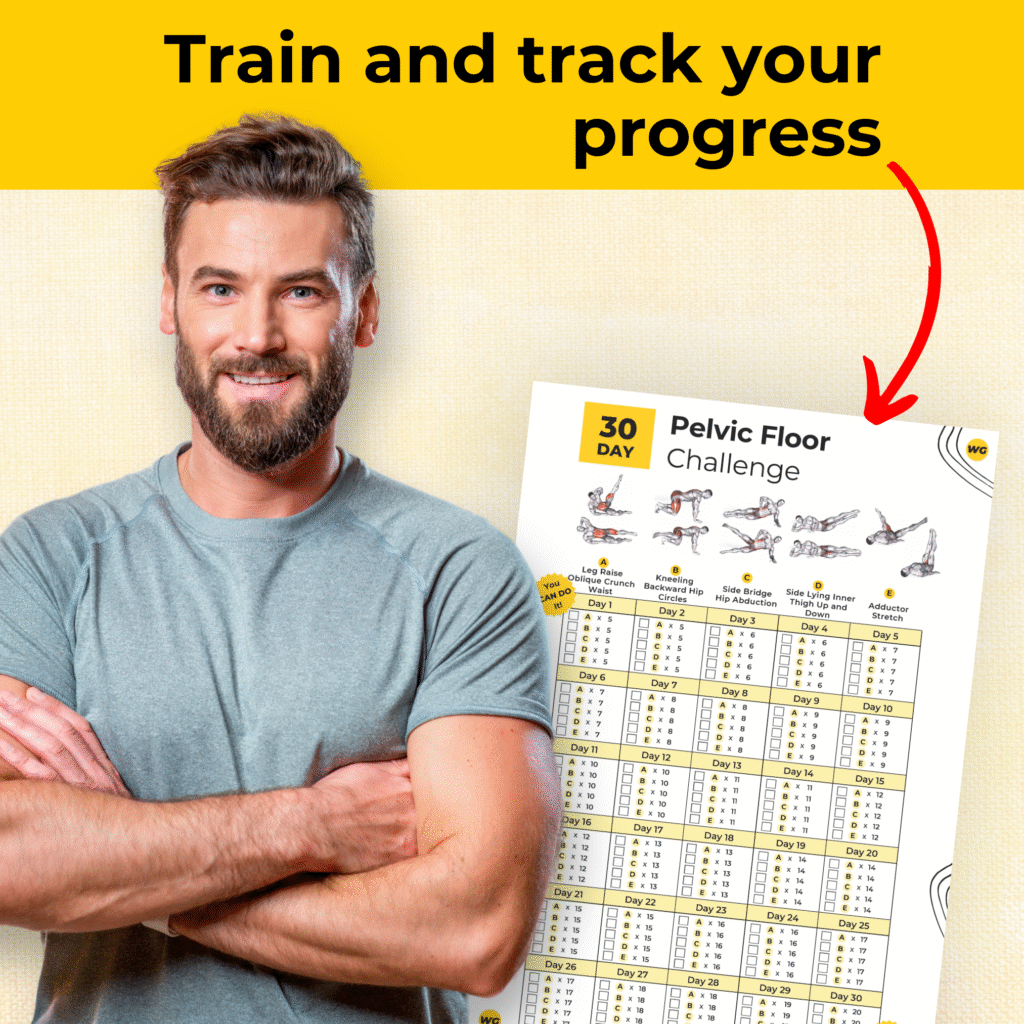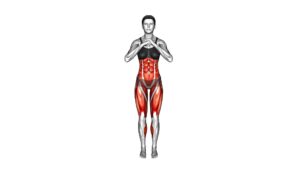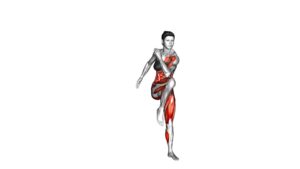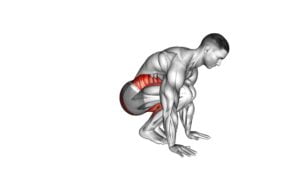Squat Thrust (female) – Video Exercise Guide & Tips
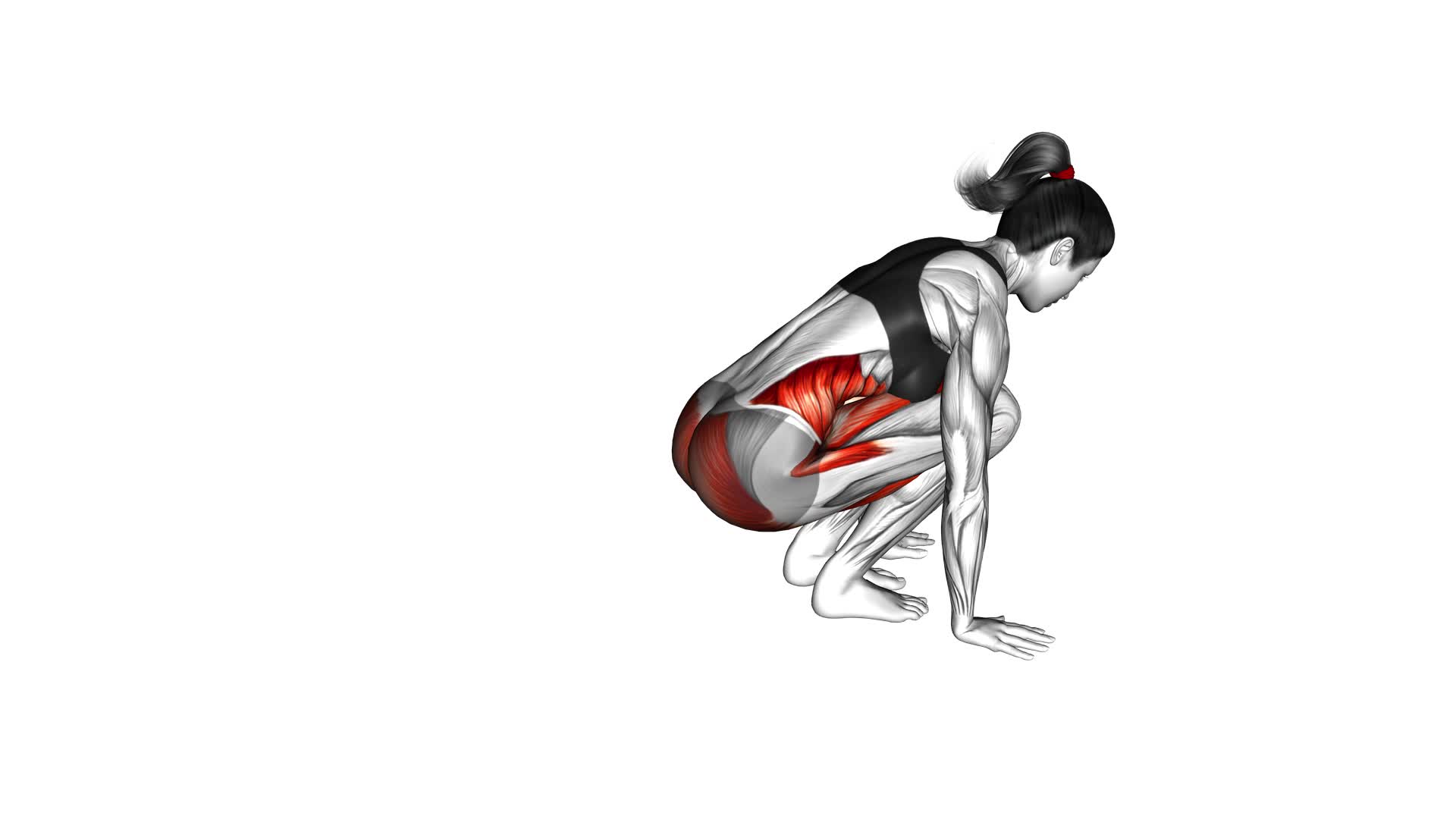
Looking to amp up your workout routine? Check out this video exercise guide and tips for squat thrusts specifically designed for females. With its many benefits, proper form and technique, and modifications for all fitness levels, squat thrusts are a great addition to any fitness routine.
Watch This Exercise Video
Avoid common mistakes and find out how to incorporate this effective exercise into your workout regimen. Get ready to feel the burn and see results with squat thrusts!
Key Takeaways
- Squat thrusts target lower body muscles such as glutes, quads, and hamstrings.
- They tone and strengthen the legs, improving overall lower body strength.
- Squat thrusts enhance core strength and stability.
- There are variations available for different fitness levels, making it accessible to all.
Benefits of Squat Thrust for Females
Discover the advantages of incorporating squat thrusts into your fitness routine for women.
Squat thrusts are a highly effective exercise that offer numerous benefits specifically tailored to the female body.
One of the main female-specific benefits of squat thrusts is their ability to target the lower body muscles, including the glutes, quads, and hamstrings. By engaging these muscles, squat thrusts can help you tone and strengthen your legs, giving you a more sculpted and defined appearance. Additionally, squat thrusts can also improve your overall lower body strength, which can translate into improved performance in other activities such as running, cycling, or dancing.
Furthermore, squat thrusts can also help improve core strength and stability. As you perform the exercise, you engage your abdominal muscles, obliques, and lower back, which can result in a stronger and more stable core. A strong core is important for maintaining good posture, preventing lower back pain, and enhancing overall athletic performance.
Squat thrusts also offer variations for different fitness levels. Beginners can start with modified versions such as the step-back squat thrust or the assisted squat thrust, using a chair or wall for support. As you progress, you can challenge yourself with more advanced variations like the jump squat thrust or the weighted squat thrust.
Incorporating squat thrusts into your fitness routine can provide you with a range of female-specific benefits, from toning and strengthening your lower body to improving core strength and stability. Whether you're a beginner or an advanced fitness enthusiast, there are squat thrust variations to suit your fitness level and help you achieve your goals.
Proper Form and Technique for Squat Thrust
To perform a proper squat thrust, you should start by standing with your feet shoulder-width apart. Here are some tips to ensure you have the correct form and technique:
- Begin by squatting down and placing your hands on the floor in front of you, just outside your feet.
- Kick your feet back into a plank position, keeping your body in a straight line from head to toe.
- Quickly return your feet to the squat position by jumping or stepping them forward.
- Stand up explosively, using the momentum to jump into the air.
By following these steps, you can maximize the effectiveness of your squat thrust and avoid common mistakes that can hinder your progress.
Some common mistakes to watch out for include:
- Allowing your hips to sag or rise during the plank position, which can strain your lower back.
- Not fully extending your hips and knees during the jump, robbing yourself of the full benefits of the exercise.
- Rushing through the movement and sacrificing proper form.
Incorporating squat thrusts into your workout routine can help improve your cardiovascular fitness, increase muscular strength, and burn calories. Remember to start with proper form and gradually increase the intensity as you become more comfortable with the exercise.
Modifications and Progressions for Squat Thrust
Now let's talk about some modifications and progressions you can incorporate into your squat thrust routine.
If you're looking for an easier variation, you can try performing the exercise with your hands elevated on a bench or step.
On the other hand, if you're ready to take your squat thrusts to the next level, you can add a jump at the end of each repetition or even incorporate a push-up into the movement.
These variations will help you continually challenge your body and make progress in your fitness journey.
Easier Squat Thrust Variations
How can you modify and progress the squat thrust exercise to make it easier? Here are some beginner modifications and alternative exercises you can try:
- Half Squat Thrusts: Instead of jumping both feet back and forth, start by stepping one foot back at a time, then step them back in before standing up.
- Elevated Squat Thrusts: Place your hands on a raised surface, such as a step or bench, to reduce the range of motion and make the exercise less challenging.
- Slow and Controlled Squat Thrusts: Perform the exercise at a slower pace, focusing on using proper form and engaging your muscles throughout the movement.
- Squat to Standing: If the jumping motion is too difficult, modify the exercise by performing a squat followed by standing up, without the jumping component.
By starting with these modifications and gradually progressing to the regular squat thrust, you can build strength and confidence while avoiding unnecessary strain or discomfort.
Remember to always listen to your body and adjust the exercise to your current fitness level.
Advanced Squat Thrust Progressions
As you progress in your squat thrust exercise routine, you can incorporate advanced modifications and progressions to challenge your muscles even further.
Advanced squat thrust variations are a great way to increase the intensity of your workouts and continue to improve your strength and endurance.
One advanced variation is the single-leg squat thrust, where you perform the exercise with one leg lifted off the ground. This targets your glutes, hamstrings, and core muscles even more intensely.
Another option is to add a jump at the end of each repetition, known as the squat thrust with a jump. This increases the cardiovascular demand of the exercise and adds an explosive element to your workout.
Common Mistakes to Avoid During Squat Thrust
To avoid common mistakes during the squat thrust exercise, make sure to maintain proper form and avoid these errors:
- Using incorrect technique: One of the most common mistakes isn't performing the squat thrust with the correct technique. This can lead to potential injuries and diminish the effectiveness of the exercise. Ensure that you're engaging your core, keeping your back straight, and landing softly on your feet.
- Rushing through the movement: Another mistake to avoid is rushing through the squat thrust. It's important to perform each rep with control and precision, focusing on the full range of motion. By rushing, you increase the risk of injury and decrease the effectiveness of the exercise.
- Neglecting to warm up: Before attempting the squat thrust, it's crucial to warm up your body. Neglecting to do so can lead to muscle strains and other injuries. Take a few minutes to perform dynamic stretches and warm up your muscles to prepare them for the exercise.
- Overextending or hyperextending the spine: Lastly, be cautious of overextending or hyperextending your spine during the squat thrust. This can put unnecessary strain on your lower back and increase the risk of injury. Focus on maintaining a neutral spine position throughout the exercise.
Sample Squat Thrust Workout Routine for Females
To get started with your squat thrust workout routine for females, you'll need a mat and plenty of space to move. Squat thrusts are a highly effective exercise that targets multiple muscle groups, making it ideal for women looking to tone their bodies and improve their overall fitness.
There are various sample squat thrust variations that you can incorporate into your routine to keep it challenging and prevent boredom. Some of these variations include adding a push-up at the bottom of the movement, jumping explosively at the top of the movement, or incorporating a medicine ball for added resistance.
The benefits of squat thrusts for women are numerous. Firstly, they're a full-body exercise that engages the muscles in your arms, chest, back, core, and legs, helping you build strength and improve muscle tone. Secondly, squat thrusts are a cardiovascular exercise that increases your heart rate, helping you burn calories and improve your overall fitness level. Additionally, this exercise can also improve your balance and coordination.
To create an effective squat thrust workout routine for females, aim to perform 3-4 sets of 10-15 repetitions of each variation. Remember to focus on proper form and technique to maximize the benefits and prevent injury. Start with a warm-up and cool-down to prepare your body and prevent muscle soreness.
With consistency and dedication, you'll soon start seeing the results of your hard work.
Tips for Incorporating Squat Thrust Into Your Fitness Routine
Here are three tips to help you incorporate the squat thrust into your fitness routine:
- Start with the basics:
Begin by mastering the standard squat thrust before moving on to more advanced variations. This will ensure proper form and prevent injuries.
- Mix it up with variations:
Once you have the basic squat thrust down, try incorporating different variations into your routine. Some popular variations include adding a push-up at the bottom, jumping explosively at the top, or incorporating dumbbells for added resistance. These variations will target different muscle groups and keep your workouts challenging and exciting.
- Include squat thrusts in HIIT workouts:
High-Intensity Interval Training (HIIT) is a great way to maximize calorie burn and improve cardiovascular fitness. Incorporate squat thrusts into your HIIT workouts by performing them for a set amount of time, followed by a short rest period. This will help increase your endurance and boost your metabolism.
- Enjoy the benefits:
Squat thrusts are a compound exercise that targets multiple muscle groups, including your legs, glutes, core, and upper body. By incorporating them into your fitness routine, you can improve strength, endurance, and overall fitness levels.
Frequently Asked Questions
How Many Calories Can You Burn by Doing Squat Thrusts?
You can burn a significant number of calories by doing squat thrusts. This exercise targets multiple muscle groups and increases your heart rate, leading to calorie burning benefits.
Squat thrusts can be modified to suit your fitness level, such as by adding weights or increasing the intensity. There are also variations of this exercise, such as adding a jump at the end.
Incorporating squat thrusts into your workout routine can help you achieve your calorie burning goals.
Can Squat Thrusts Help in Toning the Legs and Buttocks?
Squat thrusts can definitely help in toning your legs and buttocks. By incorporating different variations of squat thrusts into your workout routine, you can target different muscles in your lower body and increase the intensity of the exercise.
Additionally, adding weights to your squat thrusts can further enhance the toning effects by increasing resistance and challenging your muscles even more.
Should I Do Squat Thrusts Before or After Cardio Exercises?
To maximize the benefits of your workout, it's important to know when to do squat thrusts. Should you do them before or after cardio exercises? The answer depends on your fitness goals.
Squat thrusts are a great full-body exercise that can help with fat loss. If your main focus is fat loss, doing squat thrusts before cardio can help increase your heart rate and burn more calories.
As for weights, adding them to squat thrusts can increase the intensity and challenge your muscles even more.
Can Squat Thrusts Be Done by Beginners?
Squat thrusts can definitely be done by beginners. They're a great exercise for building strength and endurance.
To make them easier, you can modify the movement by placing your hands on an elevated surface, like a bench or step, instead of the floor. This reduces the amount of weight you have to lift.
Squat thrusts also have many benefits for beginners, such as improving cardiovascular fitness and targeting multiple muscle groups at once.
Are There Any Specific Breathing Techniques to Follow While Performing Squat Thrusts?
When doing squat thrusts, it's important to focus on your breathing. Take a deep breath in as you jump back into the plank position, and exhale as you jump your feet back in towards your hands. This helps to engage your core and stabilize your body.
Avoid holding your breath or breathing too shallowly, as this can reduce your energy and make the exercise less effective. Remember to breathe and stay in control throughout the movement.
Conclusion
Incorporating squat thrusts into your fitness routine can provide numerous benefits for females. By performing this exercise with proper form and technique, you can strengthen your entire body, improve cardiovascular fitness, and enhance your overall endurance.
Remember to avoid common mistakes and use modifications or progressions as needed. Try incorporating a sample squat thrust workout routine into your fitness regimen to maximize the benefits.
Keep pushing yourself and enjoy the results of this effective exercise.

Author
Years ago, the spark of my life’s passion ignited in my mind the moment I stepped into the local gym for the first time. The inaugural bead of perspiration, the initial endeavor, the very first surge of endorphins, and a sense of pride that washed over me post-workout marked the beginning of my deep-seated interest in strength sports, fitness, and sports nutrition. This very curiosity blossomed rapidly into a profound fascination, propelling me to earn a Master’s degree in Physical Education from the Academy of Physical Education in Krakow, followed by a Sports Manager diploma from the Jagiellonian University. My journey of growth led me to gain more specialized qualifications, such as being a certified personal trainer with a focus on sports dietetics, a lifeguard, and an instructor for wellness and corrective gymnastics. Theoretical knowledge paired seamlessly with practical experience, reinforcing my belief that the transformation of individuals under my guidance was also a reflection of my personal growth. This belief holds true even today. Each day, I strive to push the boundaries and explore new realms. These realms gently elevate me to greater heights. The unique combination of passion for my field and the continuous quest for growth fuels my drive to break new ground.




